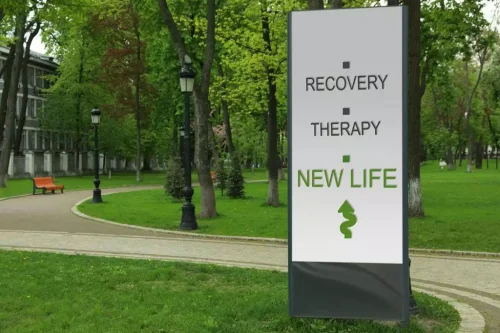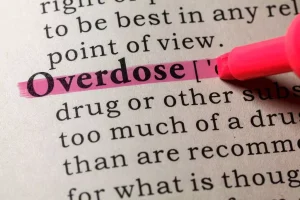
After a person with AUD completes a rehab program, they may need aftercare support. Many treatment programs offer ongoing support groups that continue to meet and provide peer support or recommend attending community support groups like Alcoholics Anonymous (AA). If you have alcoholic cardiomyopathy, you may benefit from attending group support meetings for people struggling with AUD and subsequent ACM.

Natural history and clinical manifestations
These will typically improve greatly with management of the condition, but you’ll need to continue to work with healthcare providers to keep them under control. You may need medication adjustments, and you’ll need to stay on top of lifestyle changes, such as getting regular exercise, to effectively manage symptoms. In cases of ACM where heart damage is substantial, alcoholic cardiomyopathy is especially dangerous because a heart transplant may be considered. This is considered a last-resort treatment option only after other treatments have proven unsuccessful. If the individual continues drinking, treatment for ACM will be negated and further damage will occur. Poor circulation from an underactive heart can result in fluid accumulation in the lungs, known as pulmonary edema.
Identification and management of acute alcohol intoxication
Women are at a higher risk to develop osteoporosis than men, but both men and women can develop the disorder. According to the NIAAA, many people with AUD recover, although setbacks are common among those receiving treatment. Individuals who completely quit alcohol generally have improved overall outcomes. They typically require fewer hospitalizations and show improved heart function on ECG readings.
- In advanced cases of heart failure, devices like implantable cardioverter defibrillators (ICDs) or cardiac resynchronization therapy devices may be implanted to regulate heart rhythms and improve cardiac performance.
- ACM represents one of the leading causes of non-ischemic dilated cardiomyopathy.
- On both occasions, she had normal cardiac enzyme levels and no evidence of cardiac dysfunction, and a chest x-ray revealed no cardiomegaly or pulmonary edema.
- We strive to create content that is clear, concise, and easy to understand.
- Overall, based on the breadth of the evidence on population and societal levels, we can conclude that the deleterious effects of alcohol consumption outweigh any potential beneficial effects.
- There are no tell‐tale electrocardiogram (ECG) features of ACM that can differentiate it from other causes of cardiomyopathy.
Continuing Education Activity
- Individuals who have a history of heavy alcohol consumption, even if they have since reduced or stopped drinking, may still have the potential to develop alcoholic cardiomyopathy as a consequence of their past alcohol abuse.
- A subsequent chest x-ray after fluid resuscitation revealed pulmonary edema.
- In severe cases, alcoholic cardiomyopathy can negatively affect brain function because of reduced blood flow to the brain.
- Many changes can be observed including premature atrial or ventricular contractions, supraventricular tachycardias, atrioventricular blocks, bundle branch blocks, QT prolongation, non-specific ST and T wave changes and abnormal Q waves.
- Females constitute roughly 14 % of cases of alcohol induced cardiomyopathy however lifetime exposure required for women to develop alcohol induced cardiomyopathy is less compared to men.
Medications may include ACE inhibitors, beta-blockers, and diuretics, which are commonly used to reduce the strain on the heart when treating cardiomyopathies. However, dietary changes and medication are usually only effective when combined with or implemented https://ecosoberhouse.com/article/how-art-therapy-can-help-in-addiction-recovery/ following treatment for alcohol misuse. Alcoholic cardiomyopathy may not cause any symptoms until the disease becomes advanced. People who misuse alcohol for a long time are more likely to develop physical dependence and pharmacological tolerance to alcohol.
The continuous loss of heart muscle cells along with the inflammatory responses and oxidative stress can potentially lead to enlargement of the heart chambers, particularly the left ventricle. This enlargement causes the heart to weaken and lose its ability to contract effectively. The heart’s LV attempts to compensate for this damage by enlarging to achieve a higher blood output. This eventually limits the heart’s ability to pump oxygen-rich blood around the body. Based on epidemiological evidence, ACM is recognized as a significant contributor to non-ischemic DCM in Western countries. Diagnosing ACM still relies on exclusion criteria, similar to alcoholic liver disease, as excessive alcohol consumption is observed in up to 40% of DCM patients.
Alcohol and the cardiovascular system
The mainstay of management is providing support, resources including but not limited to alcoholic anonymous and encouragement for alcohol abstinence and address underlying stressors if any which requires assistance from nursing staff and pharmacy. These patients may also benefit from a dietary consult to assess nutrition. They commonly include fatigue, shortness of breath, and swelling of the legs and feet.

Management of Alcohol Use Disorder and Cardiac Disorders

